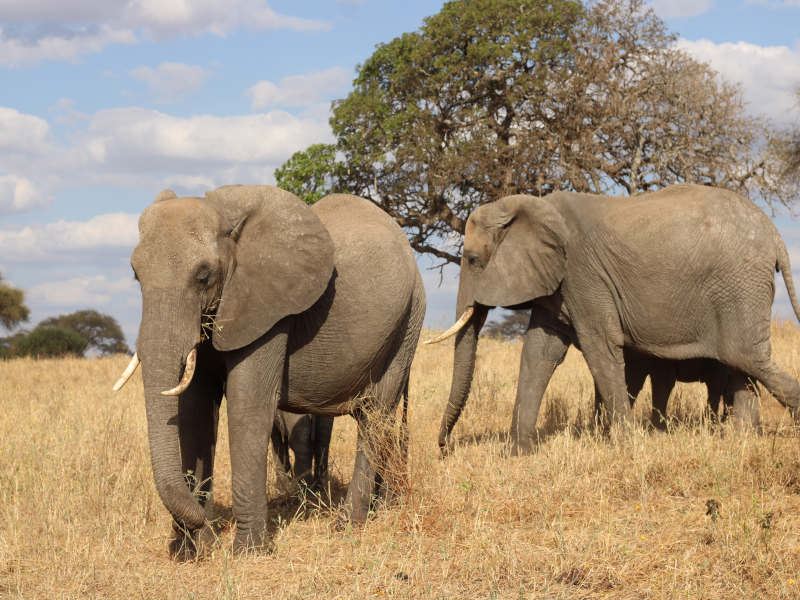
Discover the Wonders of Nyerere National Park
Nyerere National Park, formerly part of the Selous Game Reserve, is a hidden gem in Tanzania's vast wilderness. As the largest national park in Tanzania and one of the largest in Africa, it offers a unique blend of wildlife, landscapes, and cultural heritage. This article delves into the park's features, activities, travel tips, and packing recommendations to help you plan your visit to this extraordinary destination.
Nyerere National Park was established to honor Julius Nyerere, the first President of Tanzania, who played a pivotal role in the country’s independence. The park was part of the Selous Game Reserve, one of the oldest and most extensive game reserves in Africa. In 2019, the northern part of Selous was designated as Nyerere National Park, making it a distinct entity dedicated to wildlife conservation and tourism. This renaming reflects the park's historical and cultural significance, aligning with Nyerere's vision of sustainable development and environmental stewardship.
Nyerere National Park boasts an impressive array of wildlife. It is home to:
The diverse ecosystems range from dense miombo woodlands to open grasslands, creating habitats for a wide variety of animals and plants. Seasonal floods of the Rufiji River create lush wetlands, supporting a rich array of flora and fauna. For more information on the park's biodiversity, you can visit the official Tanzania National Parks website.
Visitors to Nyerere National Park can engage in numerous activities that provide immersive experiences in the wild.
The park offers some of the best safari experiences in Africa. You can opt for:
Bird enthusiasts will find Nyerere National Park a haven for bird watching. With over 440 species recorded, including migratory birds, the park offers ample opportunities to spot rare and exotic birds. The diverse habitats, from riverine forests to open savannahs, attract a wide range of bird species, making it a must-visit for ornithologists and nature lovers alike.
Engage with local communities through cultural tours. These tours provide insights into the traditional lifestyles of the people living around the park and their conservation efforts. Visitors can learn about the customs, traditions, and daily lives of the indigenous tribes, offering a richer understanding of the region's cultural heritage.
The best time to visit Nyerere National Park is during the dry season, from June to October. During this period, wildlife congregates around water sources, making animal sightings more frequent. The weather is also ideal for outdoor activities, with clear skies and mild temperatures.
However, the wet season, from November to May, also has its charm. The landscape becomes lush and green, birdlife is abundant with migratory species arriving, and it is the calving season for many herbivores, offering unique wildlife viewing opportunities.
The park offers various accommodation options, ranging from luxury lodges to budget campsites. Notable mentions include:
For more accommodation options, visit TripAdvisor.
Conservation is a key focus in Nyerere National Park. Various initiatives are in place to protect the park's unique biodiversity and support sustainable tourism. Efforts include anti-poaching measures, community engagement programs, and research projects. The park works closely with local communities to promote conservation awareness and alternative livelihoods that reduce dependency on natural resources.
Organizations like the Wildlife Conservation Society are actively involved in these efforts, ensuring that Nyerere National Park remains a haven for wildlife and a valuable natural heritage for future generations.
Here are some essential tips for your visit to Nyerere National Park:
To ensure you have a comfortable and enjoyable trip, here is a detailed packing list:
Nyerere National Park is a destination that offers unparalleled wildlife experiences, stunning landscapes, and a deep connection to Tanzania's cultural heritage. Whether you're a seasoned traveler or a first-time visitor, the park promises an adventure of a lifetime. From thrilling safari adventures to serene boat rides and engaging cultural tours, there’s something for everyone in this extraordinary park.